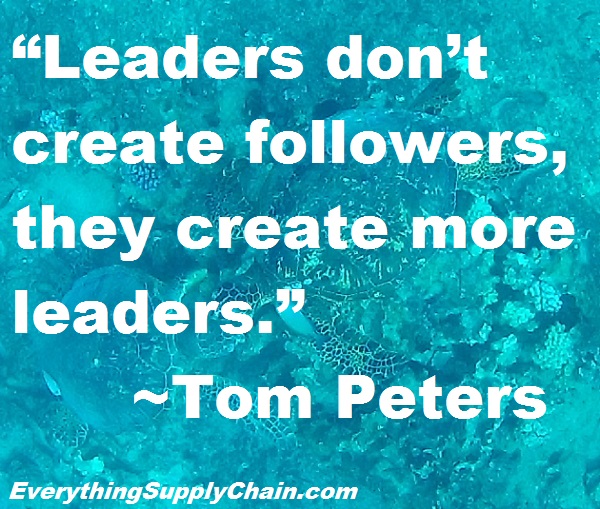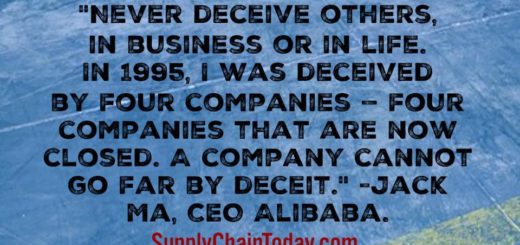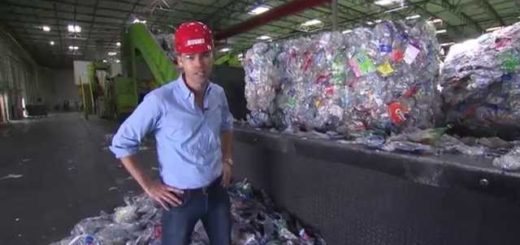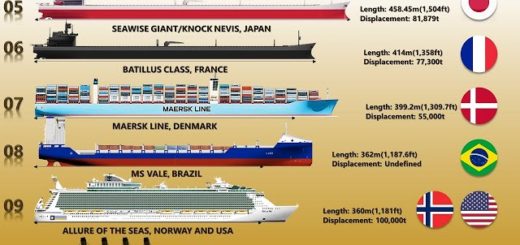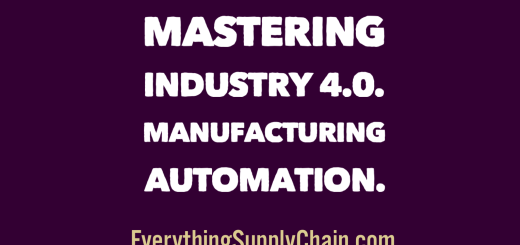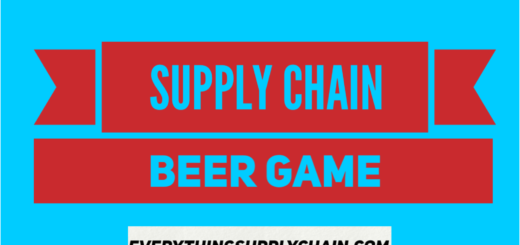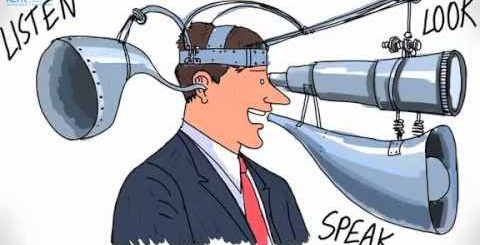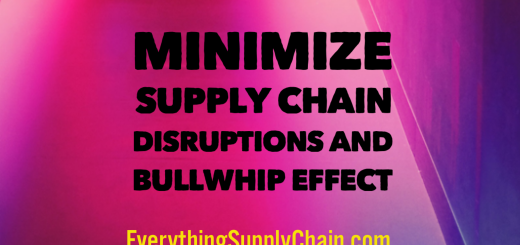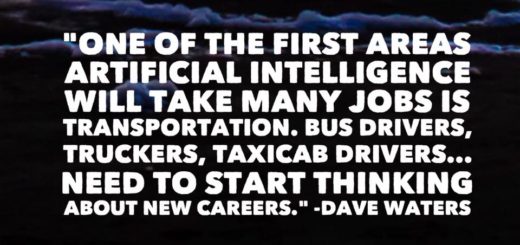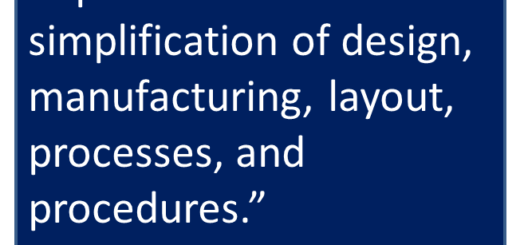Value Chains vs Supply Chains
Value Chains
The concept of the value chain was introduced by Michael Porter in his text competitive strategy (Porter, 1995), in which he highlights the potential for different organisations within the chain and different functions within organisations to add value and thereby deliver competitive advantage. However, the term ‘value chain’ has yet to become cemented in the vocabulary of commercial businesses and government departments. Moreover, the academic literature on value chains and value chain management is distinctly limited, with a supply chain (operations management, procurement, logistics) orientation dominating the business management journals. In essence, the starting point on the journey to sustainable competitive advantage is the change in mindset that places the consumer first and everything else subordinate to their needs and wants.
A value chain is a series of activities that a company performs in order to deliver a valuable product or service to its customers. It includes everything from the sourcing of raw materials to the delivery of the finished product to the customer. A supply chain, on the other hand, is the network of suppliers, manufacturers, warehouses, distribution centers, and retailers that work together to get a product or service from its origin to the customer. In short, the value chain focuses on the internal activities of a company, while the supply chain looks at the entire process from supplier to customer.
Supply Chain Business Blogs
- Apple CEO Tim Cook Supply Chain guru.
- Become a Supply Chain Rockstar and rock your career.
- Blockchain and the Internet of Things explained.
- CEO Videos.
- Improving the Wine Supply Chain with Internet of Everything.
- Introduction to Lean Manufacturing.
- Procurement supplier selection process (10 minute video).
- Retail Blogs – Walmart, Amazon, Alibaba.
- S4HANA Supply Chain.
- “Sam Walton’s Values.” Look at how people treat others and it says a lot.
- Supply Chain Information and Resources.
- Supply Chain IoT – Internet of Things.
- Supply Chain Management – an Overview.
- The Top 10 Supply Chain Innovations of All-Time. 9 min video, 23k views.
- Tom Peters: Business Today – Too Much Talk, Too Little Do. 125k views.
- “If all you’re trying to do is essentially the same thing as your rivals, then it’s unlikely that you’ll be very successful.” ~ Michael Porter
